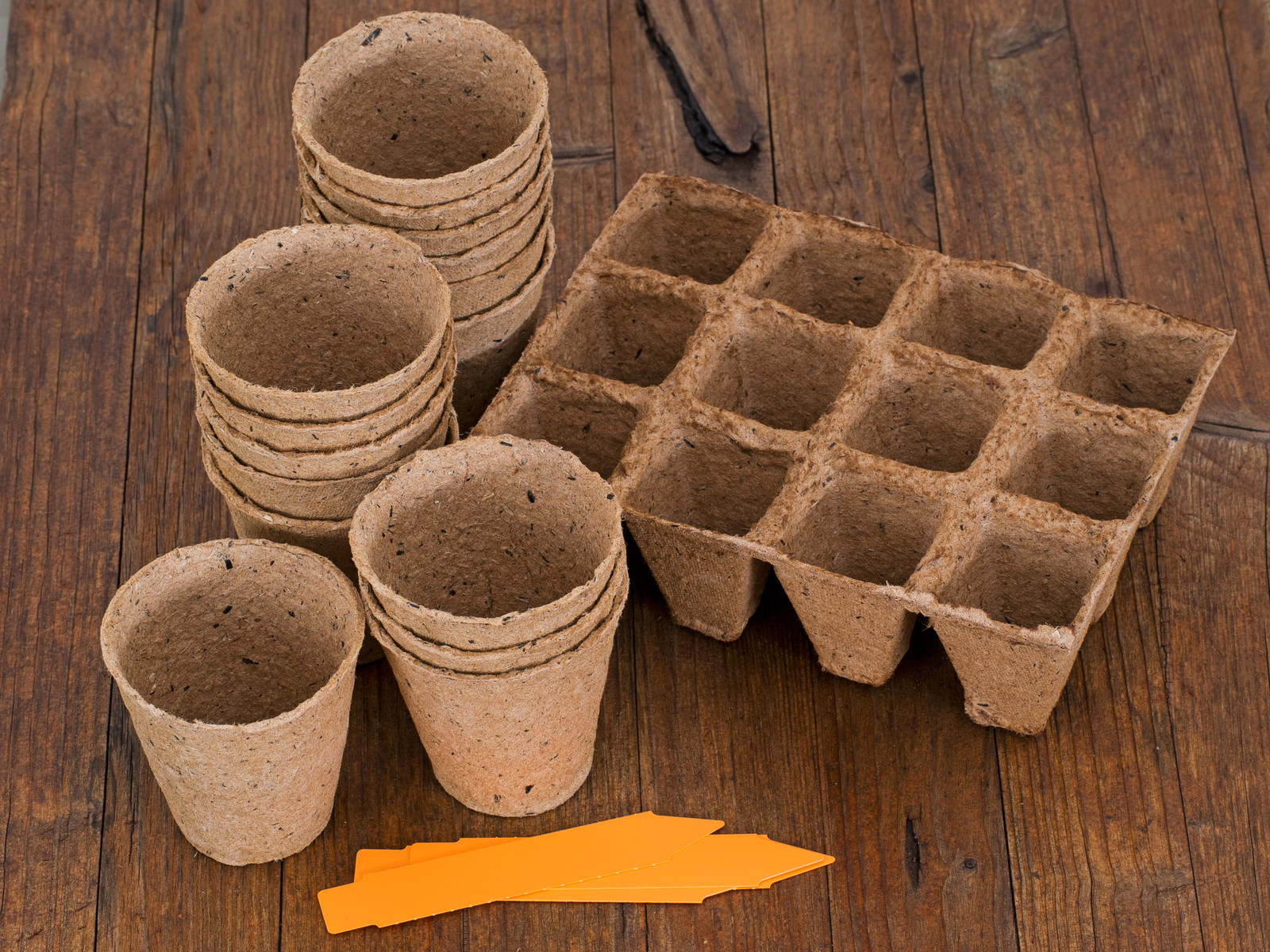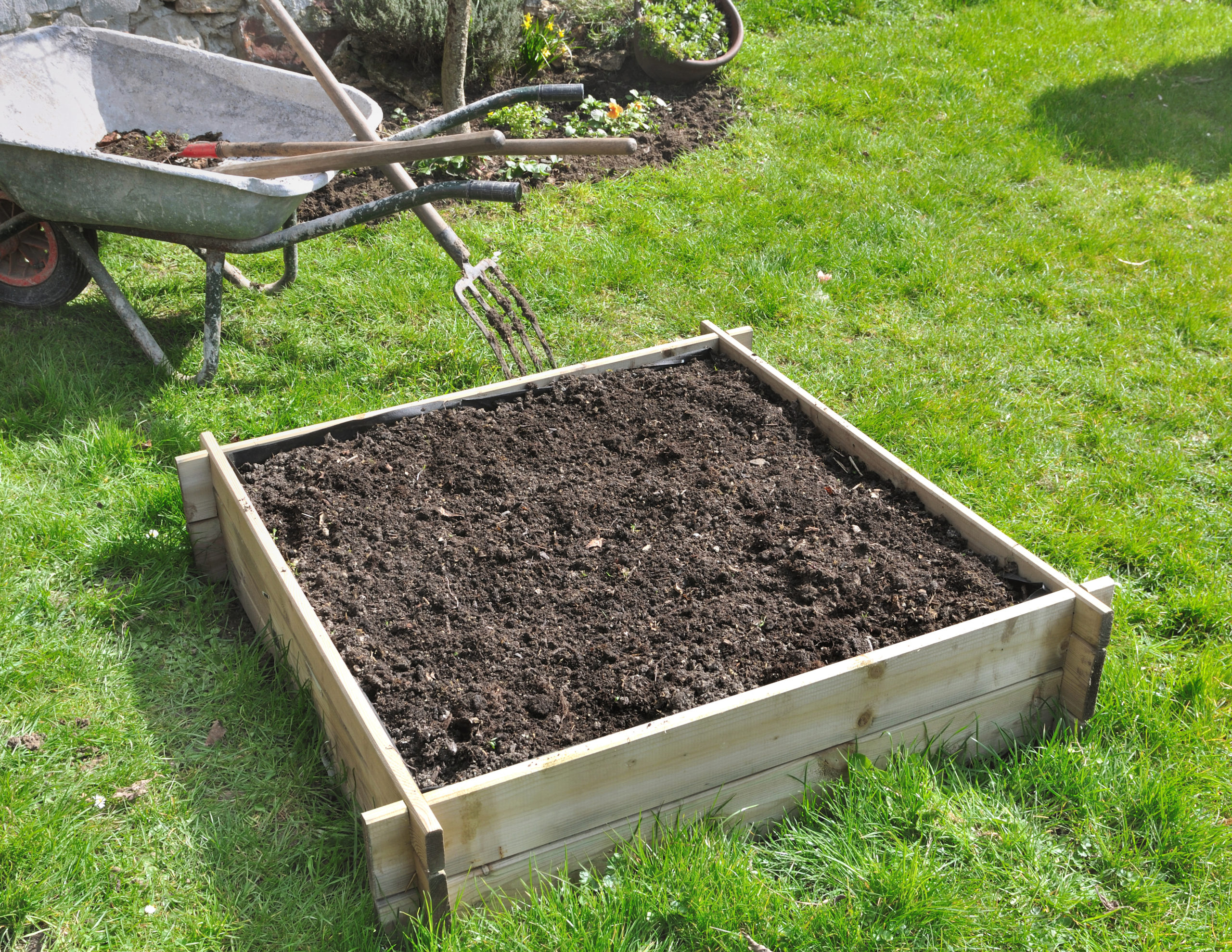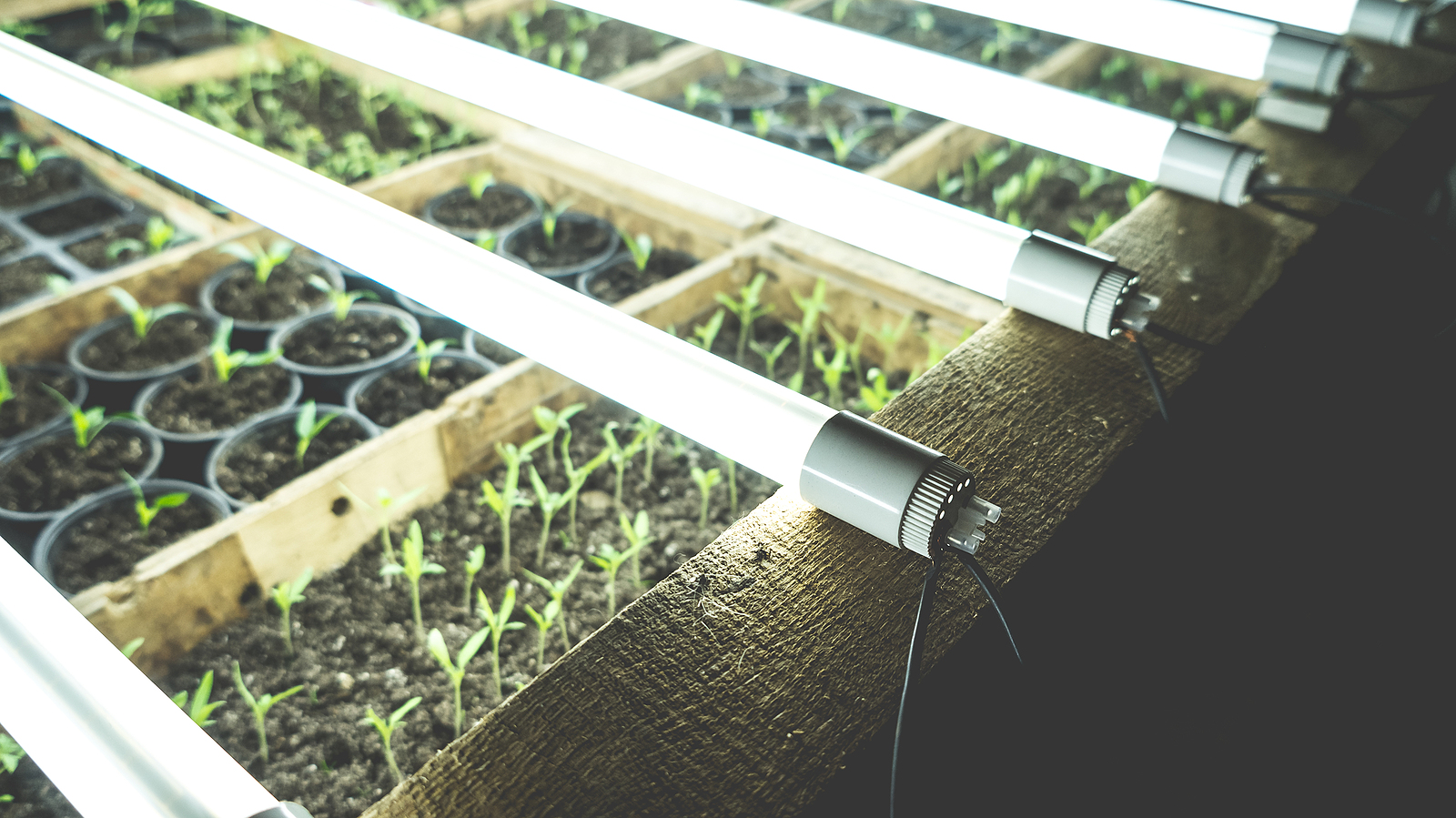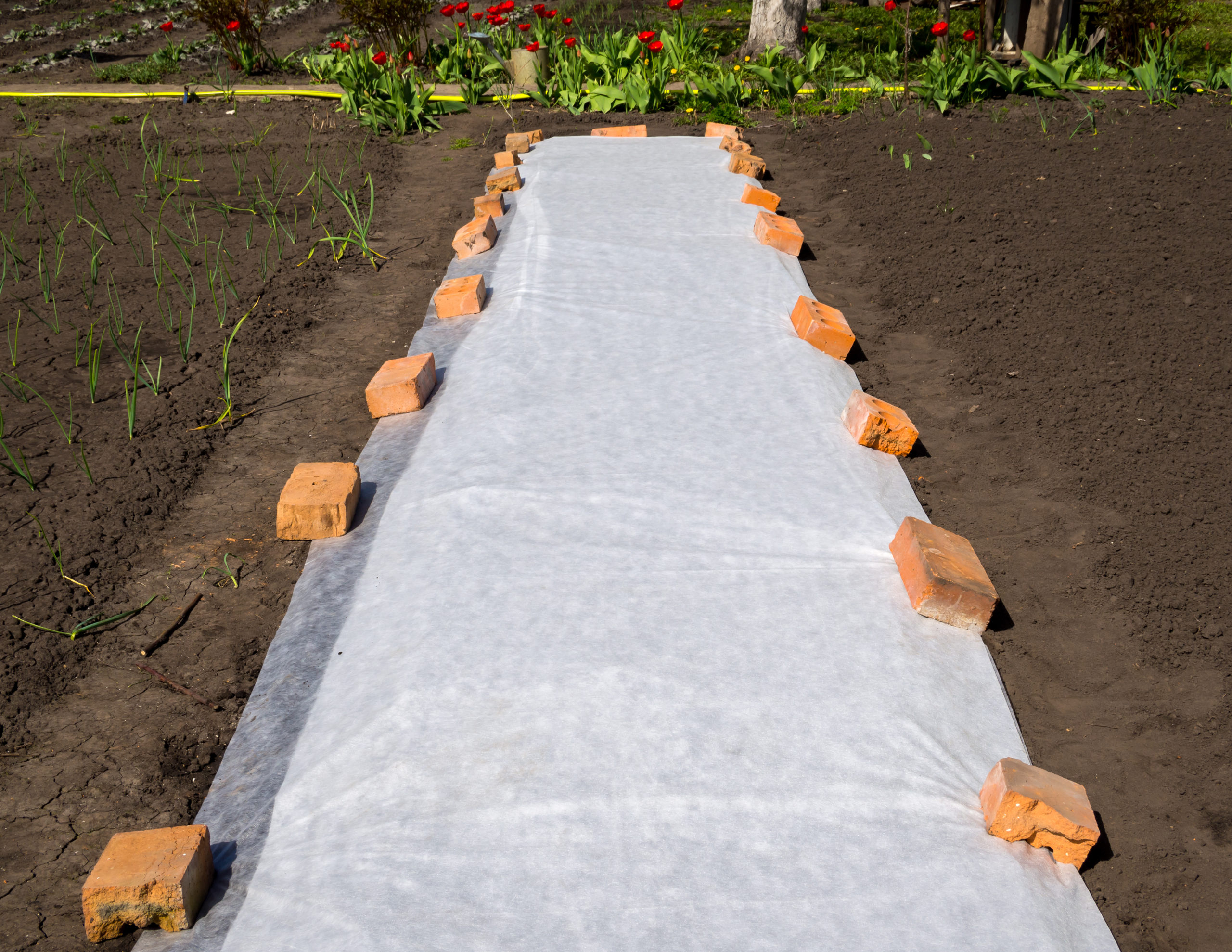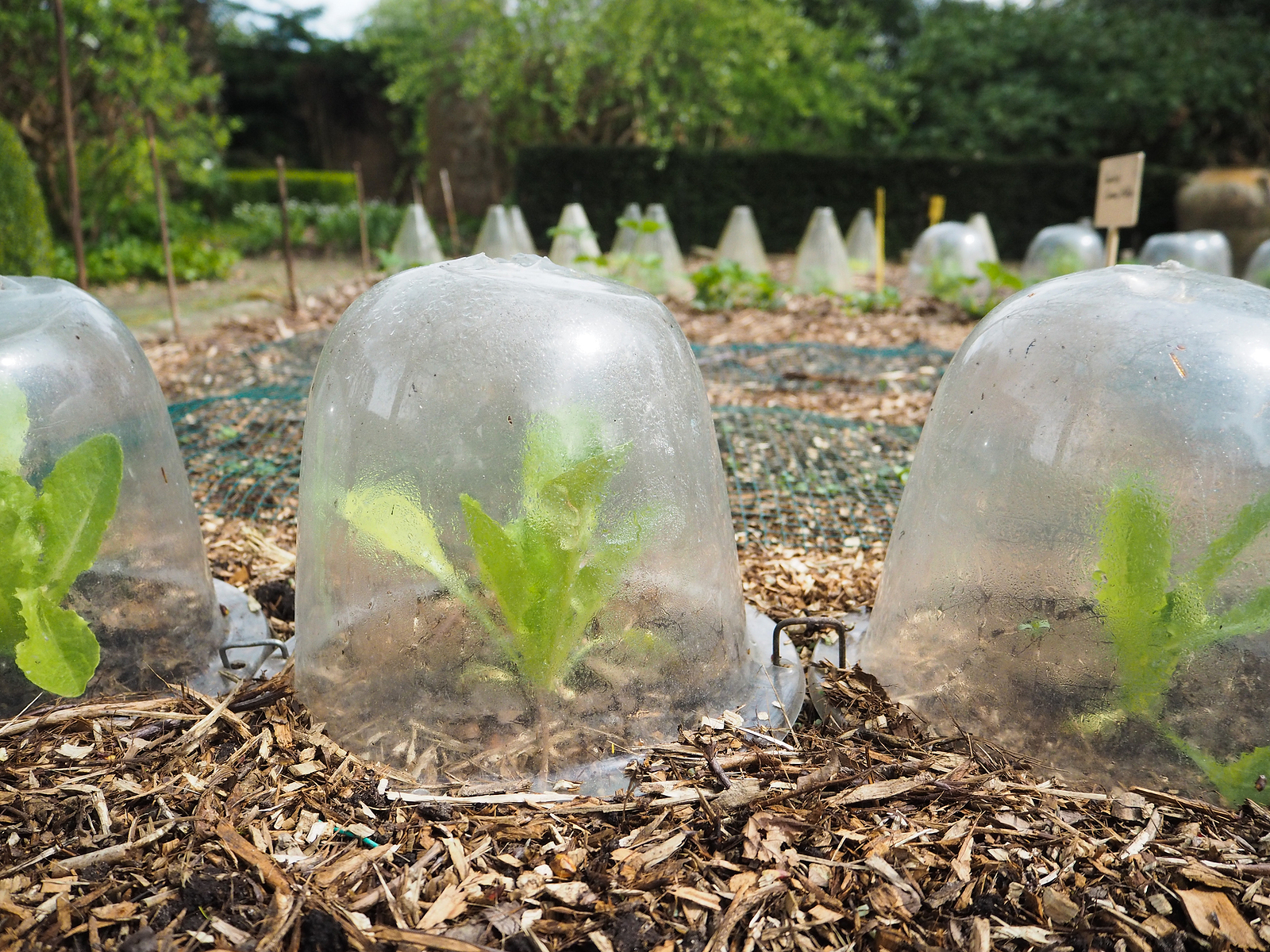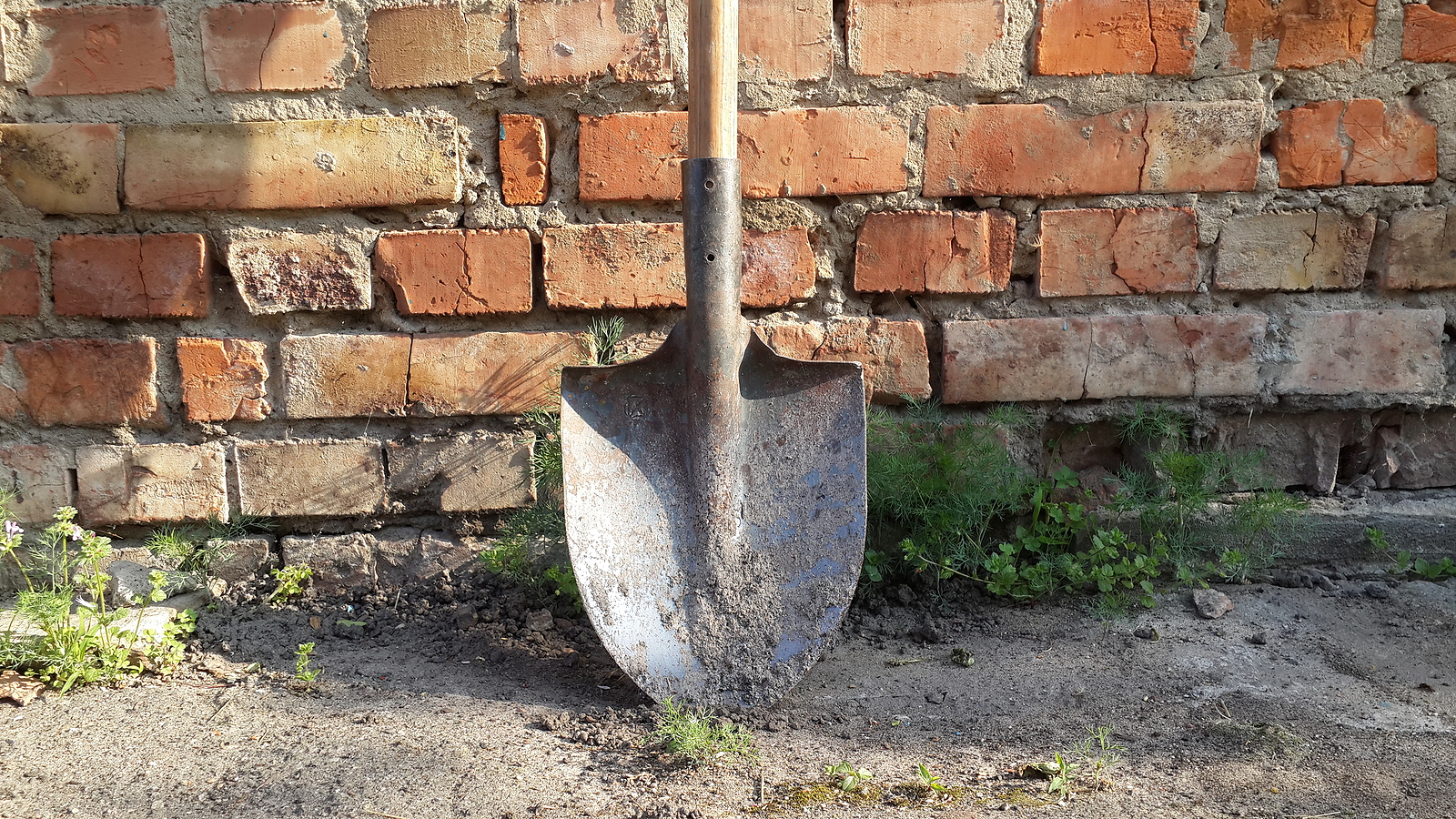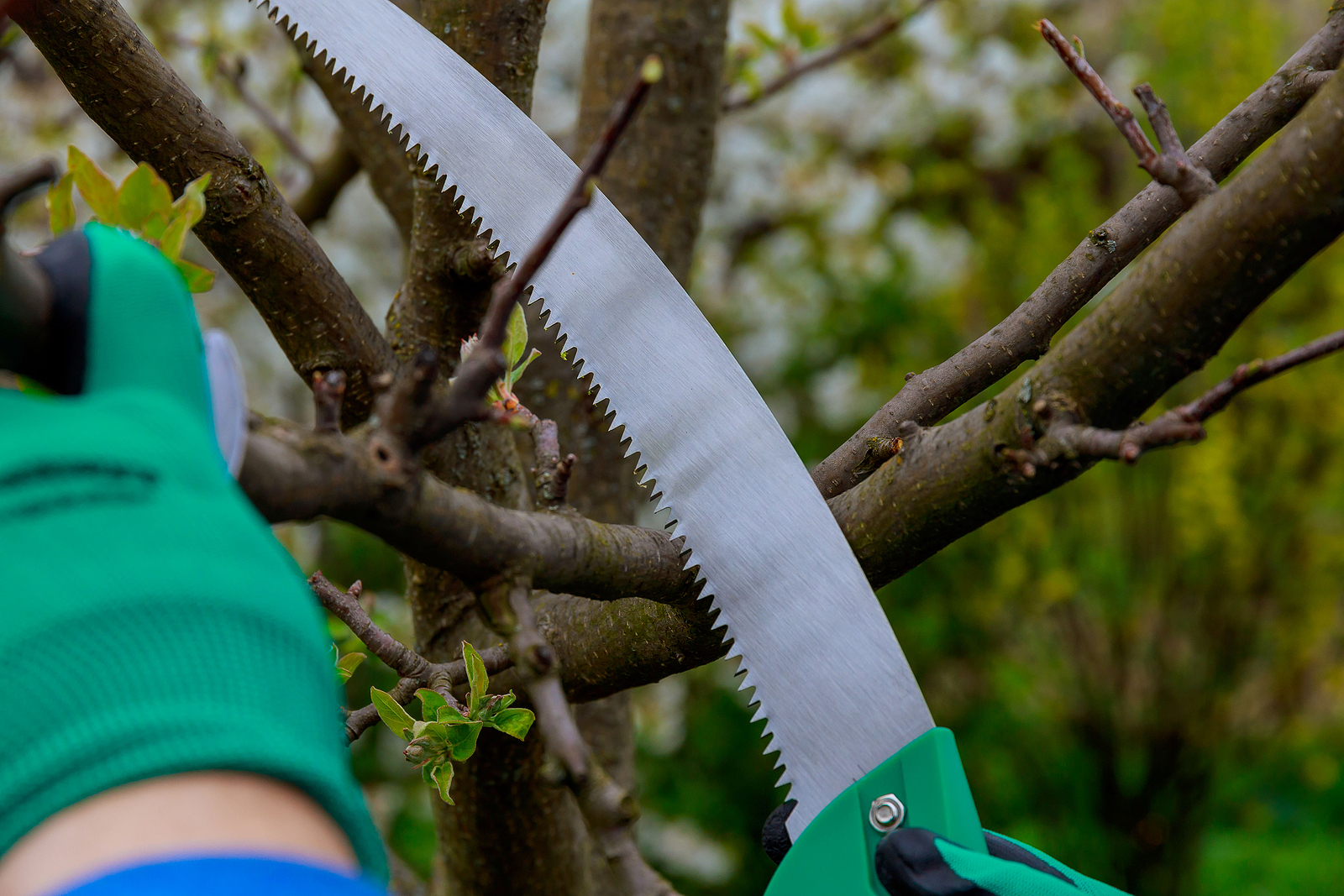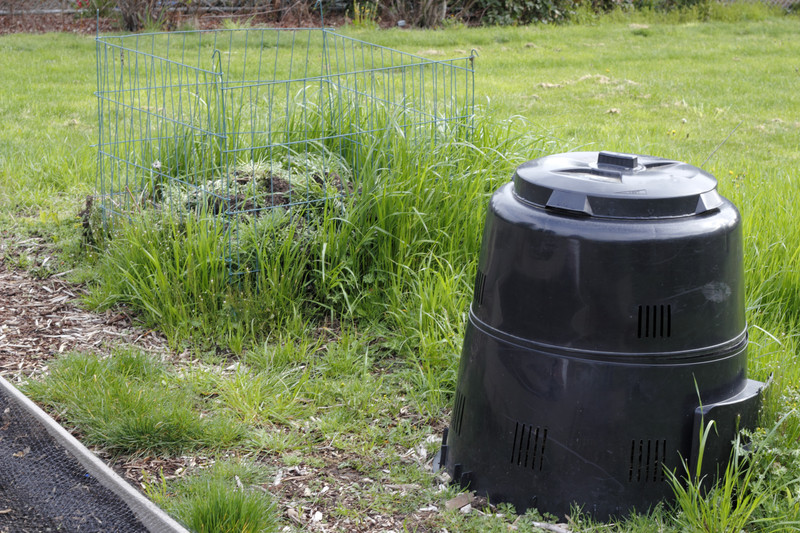Tools
Latest stories
More stories
-
in Buyer's Guides, Tools
Raised Bed Buyer’s Guide
Raised beds are popular among gardeners for good reason. These elevated gardening systems offer a host of benefits, making them a great choice for both novice and experienced gardeners alike. With their ability to improve drainage, soil structure, and accessibility, raised beds provide an ideal environment for growing vegetables, herbs, flowers, and even small shrubs. […] More
-
Grow Light Buyer’s Guide
A grow light is an artificial light source that mimics the natural sunlight required for plants to thrive. Grow lights are also known as plant lights or propagation lights. Grow lights are important for indoor seed starting and plant growing. They allow for the growth of a wide range of plants regardless of the available […] More
-
in Buyer's Guides, Tools
Trowel Buyer’s Guide
A trowel is a small, narrow, hand-held metal scoop used for small digging jobs, such as digging holes for flower and vegetrable transplants. Trowels are used while you kneel or sit. Trowels are commonly made from one piece of cast metal or a metal blade with a plastic or wooden handle. Trowels have various blade […] More
-
Row Cover Buyer’s Guide
A row cover is a lightweight, translucent fabric or plastic cover used to protect plants from inclement weather and pests. Row covers are also know as fabric row covers and floating row covers. Row covers are commonly sheets or rolls of spun-bonded polyster material that can be easily rolled or draped over a row of […] More
-
Garden Cloche and Hot Cap Buyer’s Guide
Garden cloches — also called hot caps — are plastic, fabric, or glass covers than function as mini greenhouses to protect individual plants from inclement weather or pests. Hot caps are effective at deterring frost on chilly nighs and warming plants on cold days. They can also be used to protect plants from insect or […] More
-
in Buyer's Guides, Tools
Garden Forks Buyer’s Guide
A garden fork is a large steel fork about the size of a shovel with three to ten tines, depending on the type of fork. The shape of the tines depends on the type of fork. Garden forks includes digging and spading forks and also border forks. Garden forks also include pitchforks and manure forks. […] More
-
in Buyer's Guides, Tools
Garden Shovel Buyer’s Guide
When it comes to gardening tools, a garden shovel is an essential item that every gardener should have. Whether you are digging up soil for planting, removing weeds, or spreading mulch, a good garden shovel can make all the difference. However, with so many options available, it can be overwhelming to choose the right one. […] More
-
in Buyer's Guides, Tools
Pruning Saw Buyer’s Guide
Pruning saws are used to cut tree and shrub branches 1½ to 10 inches in diameter. Pruning saws can be used to shape trees and shrubs, remove dead or diseased wood, or remove the plant entirely. Use pruning saws for branches that are too thick for loppers or pruning shears. Pruning saws are also called […] More
-
in Buyer's Guides, Tools
Compost Bin Buyer’s Guide
A compost bin is a plastic, metal, wood, or wire container where organic material such as leaves, grass clippings, and kitchen scraps is kept during the process of decomposition. Compost bins help gardeners turn organic material that all too often is thrown away into compost which can improve garden soil and feed plants. Compost bins […] More
-
in Buyer's Guides, Tools
Lopper Buyer’s Guide
Loppers are used for trimming small shrub and tree branches up to about 2 inches in diameter. Loppers are essentially oversized pruners. They have larger heads and longer handles than pruners. Loppers are also called lopping shears, two-handed pruning shears, two-handed shears, and cloppers. Loppers are similar to pruning shears except the blades are larger […] More
-
in Buyer's Guides, Tools
Pruning Shears Buyer’s Guide
Pruning shears or hand-held pruners are used for snipping away live or dead twigs, branches, and stems that are no larger than the diameter of your thumb (about 3/4 inch in diameter). Hand pruners have two blades that come together to cut when the handles are squeezed. Hand pruners are also called secateurs (a French […] More
-
Hoop Tunnel Buyer’s Guide
A hoop tunnel can protect plants and seedlings from seasonal temperature extremes in early spring and late fall, heat in summer, animals, and flying pests. Hoops can be covered with lightweight, translucent, spun-bonded polyester, plastic sheeting of varying weights, shade cloth, or bird netting. A hoop tunnel is often used as a sort of cold […] More

